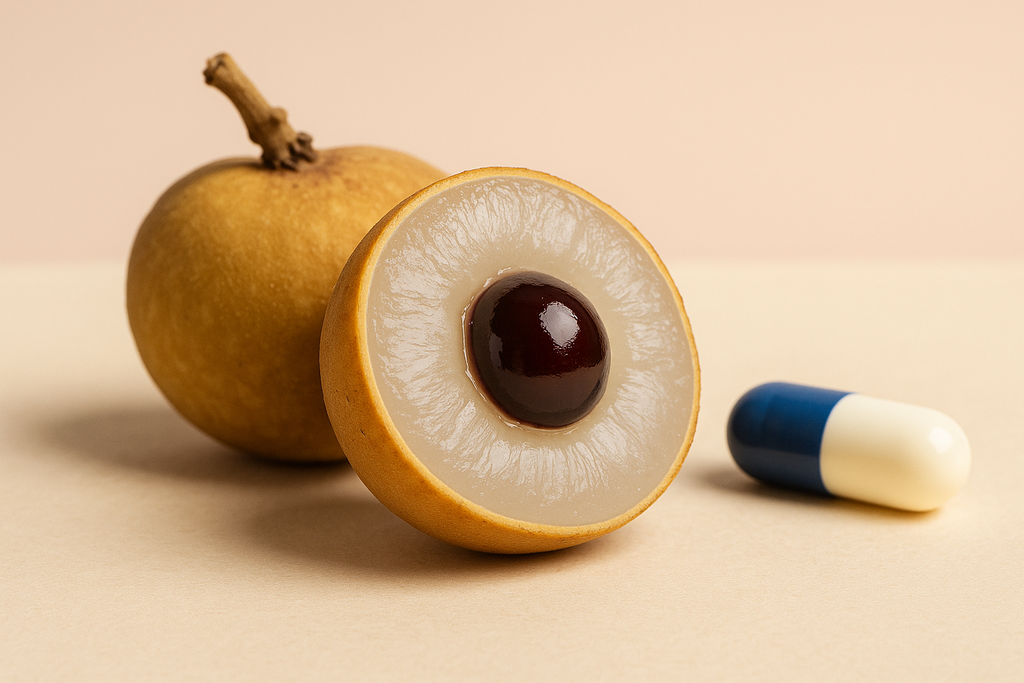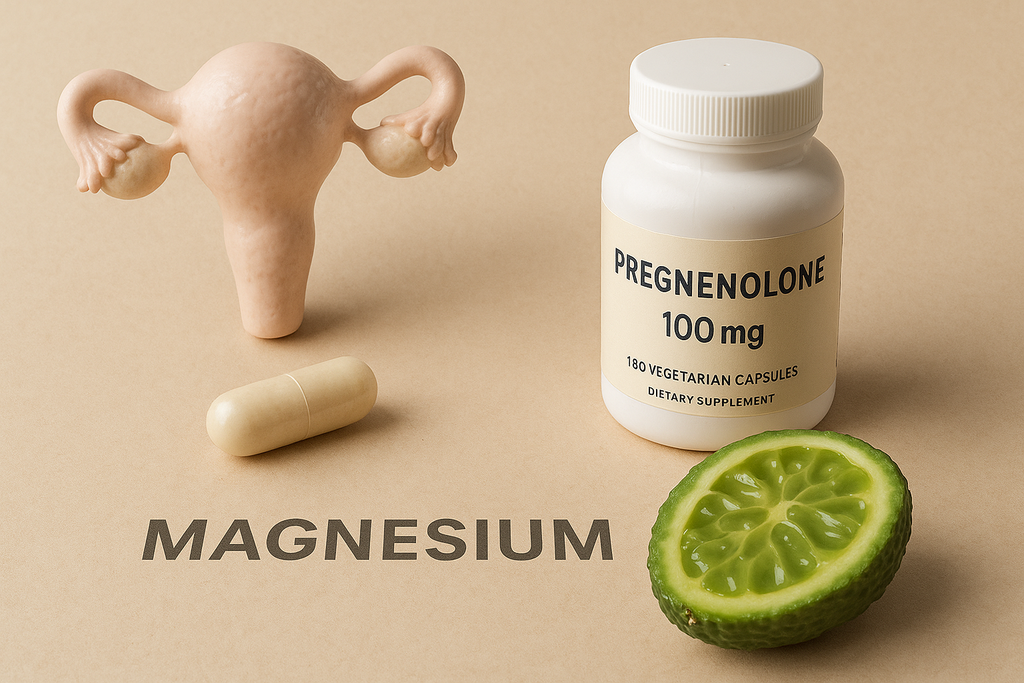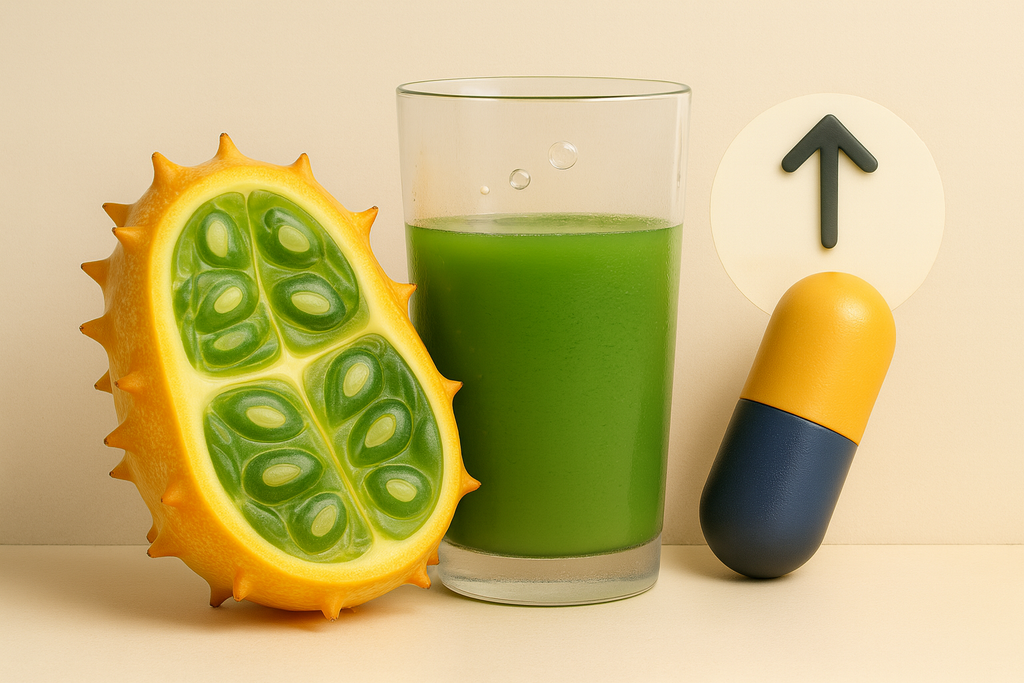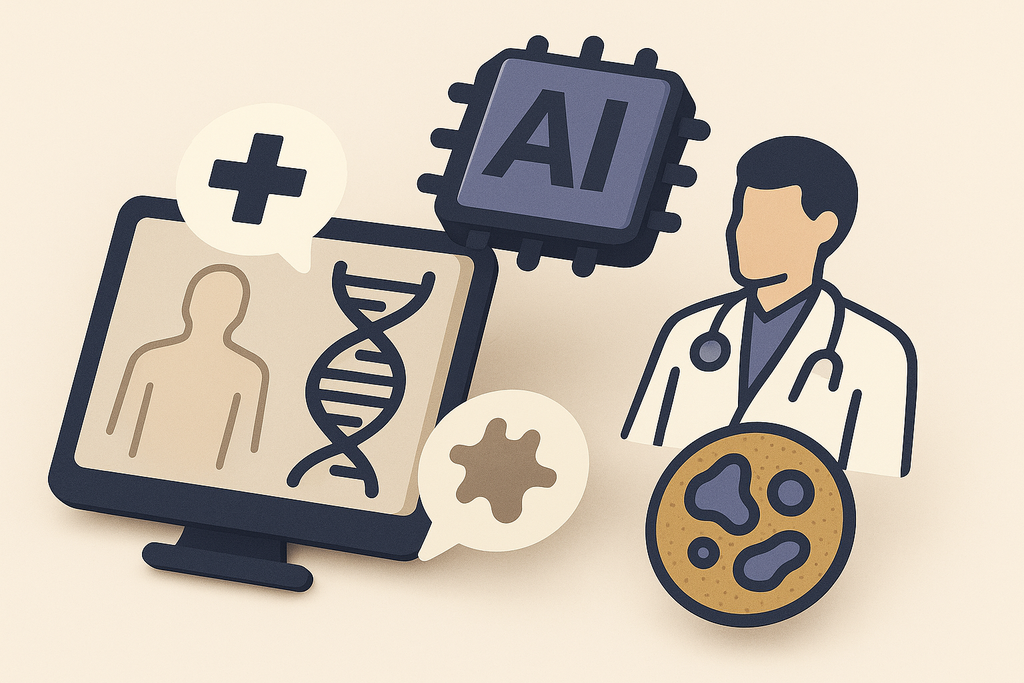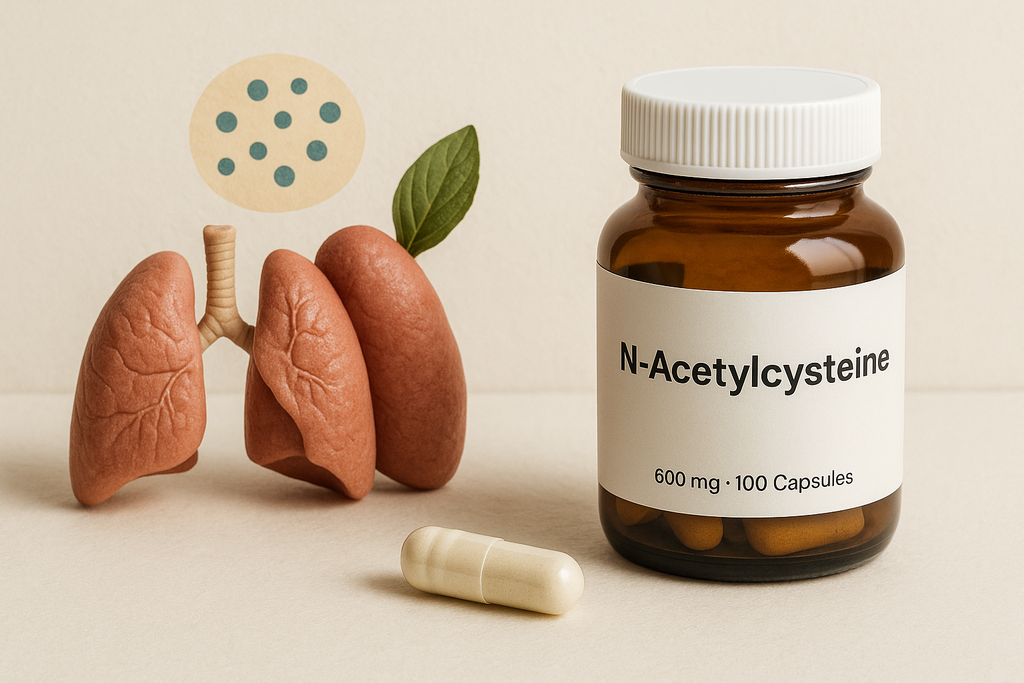News
Boost Your Brainpower and Skin Health with Longan Fruit: A Complete Guide
brain health longan fruit skin health
Known for its translucent flesh and sweet, musky flavor, longan fruit (Dimocarpus longan) is often overshadowed by its cousin, the lychee. But beneath its unassuming brown shell lies a powerhouse of nutrients that can nourish both your brain and your skin. Traditional Chinese Medicine has prized longan for centuries, and now modern research is beginning to catch up, revealing how this tropical fruit supports cognitive function and promotes a radiant, youthful complexion.
From its high antioxidant content to its adaptogenic properties, longan fruit offers a natural, delicious way to fuel mental clarity and fight signs of aging. If you're looking for a no-fuss superfruit to elevate your health, longan might just be your secret weapon. In this comprehensive guide, we’ll explore the science behind longan’s benefits and how to incorporate it into your daily wellness routine.
Magnesium for Menstrual Cramps: An Evidence-Based Guide to Natural Relief
magnesium menstrual cramps PMS relief
For millions of women, menstrual cramps are a monthly struggle that range from mild discomfort to debilitating pain. While over-the-counter pain relievers like ibuprofen are commonly used, more women are seeking natural, long-term solutions to reduce the intensity and frequency of menstrual pain. Enter magnesium—a vital mineral that may hold the key to menstrual relief.
Magnesium is involved in hundreds of enzymatic processes in the body, including muscle relaxation, hormonal regulation, and inflammation reduction. Recent studies suggest that supplementing with magnesium can significantly ease menstrual cramps, especially when taken consistently before and during menstruation. In this comprehensive, evidence-based guide, we’ll explore how magnesium works, the types to use, proper dosing, and how to combine it with other natural therapies for powerful results.
Beat the Heat: How Kiwano (Horned Melon) Replenishes Electrolytes Naturally
horned melon kiwano natural electrolytes
When the sun is blazing and sweat is pouring, staying hydrated becomes more than a comfort—it’s essential. While most people reach for sports drinks loaded with artificial colors and sugar, nature has its own vibrant solution: kiwano, also known as the horned melon. This spiky, neon-orange fruit with a bright green, jelly-like interior is more than just an Instagram-worthy exotic snack. It’s a natural source of electrolytes that helps you recover, rehydrate, and stay energized—without synthetic additives.
Native to the arid regions of Africa and now grown in parts of New Zealand, Australia, and the U.S., kiwano is built for the heat. Not only does it grow well in hot, dry climates, but it also helps humans combat heat exhaustion with its hydrating properties and mineral-rich composition. So, is the horned melon nature’s secret electrolyte drink? Let’s explore the science and practical benefits behind this hydrating powerhouse.
Faster, More Accurate Diagnosis: The Power of AI in Telehealth for Rare Diseases
AI in healthcare rare diseases telehealth
Imagine struggling with unexplained symptoms for years, visiting multiple specialists, undergoing endless tests—only to leave without a diagnosis. For millions of people living with rare diseases, this is the norm. But thanks to the rise of artificial intelligence (AI) in telehealth, this frustrating journey may finally have a hopeful detour.
AI-powered tools are transforming the way healthcare professionals detect, analyze, and treat rare conditions—many of which are notoriously difficult to diagnose. By integrating big data, machine learning algorithms, and remote health platforms, AI in telehealth is bringing faster, more accurate diagnoses to the people who need them most—regardless of their location. In this article, we explore how this cutting-edge combination is rewriting the future of rare disease care.
N-Acetylcysteine (NAC) for Lung Health: An Evidence-Based Guide
lung health N-Acetylcysteine NAC
Respiratory health is at the forefront of public concern, and one compound has stood out for decades in both medical and natural health circles: N-Acetylcysteine (NAC). Derived from the amino acid L-cysteine, NAC has powerful antioxidant, mucolytic, and detoxification properties that make it a versatile tool for protecting and restoring lung function.
From chronic bronchitis to asthma, COPD to environmental exposure, NAC has shown remarkable potential in thinning mucus, reducing oxidative stress in the lungs, and supporting respiratory resilience. But how exactly does it work? And what does the science say about using NAC for lung health? In this comprehensive guide, we’ll explore the mechanisms, evidence, dosage, and best practices for integrating NAC into your wellness routine—especially if lung health is a priority.

